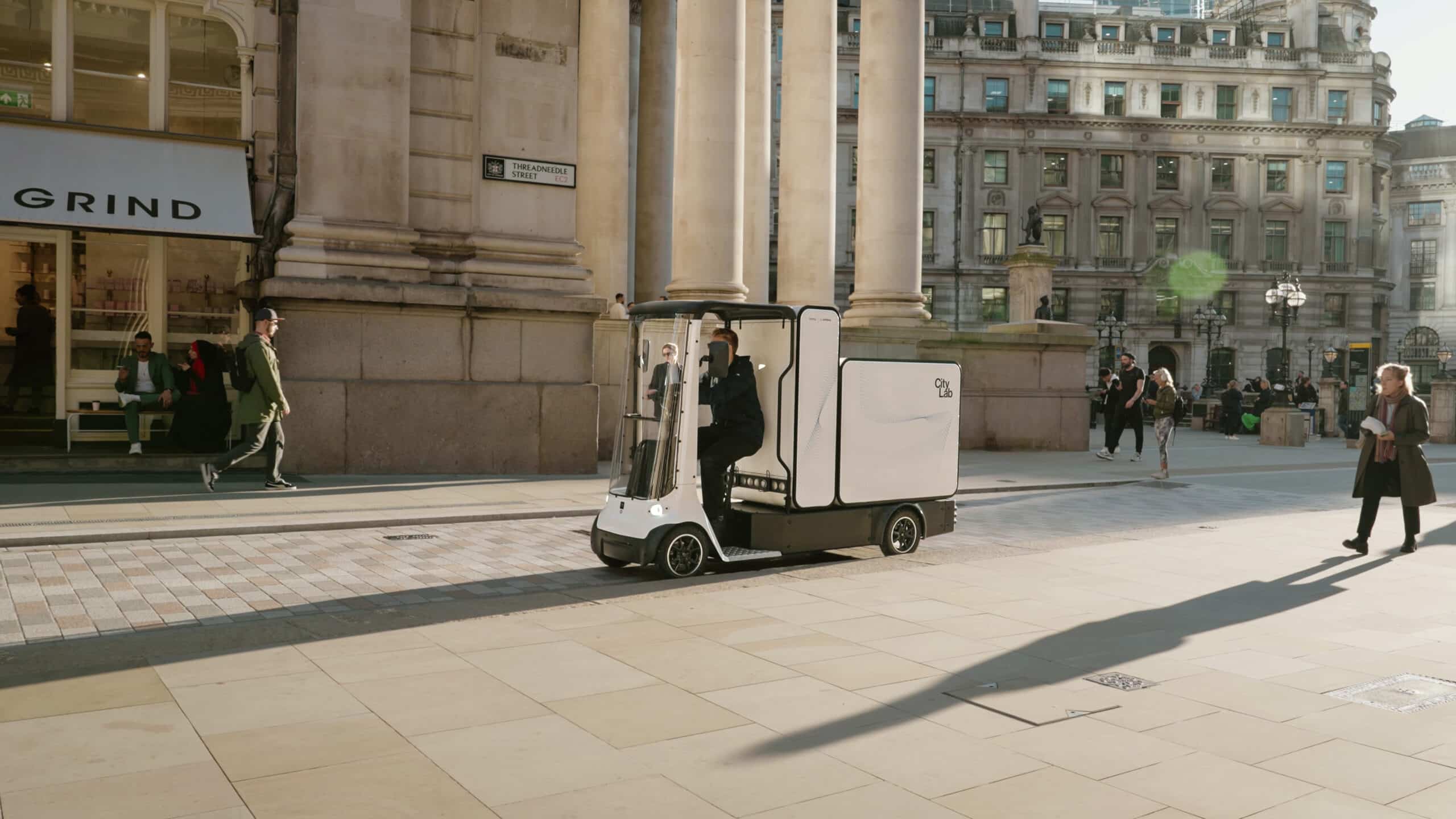Key Features of the eQuad
- Compact and Agile Design: The eQuad’s lightweight structure enables easy maneuverability through tight urban spaces, facilitating quick site-to-site transitions. This feature makes it ideal for utility workers who need to travel between multiple job sites in a single day, reducing delays and increasing operational efficiency.
- Sustainable and Low-Emission Operation: As a fully electric vehicle, they produce zero emissions, aligning with environmental regulations and supporting corporate sustainability goals. With cities increasingly adopting stricter emission standards, the eQuad provides a compliant and eco-friendly alternative to traditional vehicles, paving the way for greener cities.
- Extended Cargo Capacity: Despite its size, they are optimized to carry essential tools and materials, allowing utility workers to transport necessary equipment without compromising mobility. Its robust build ensures that workers can rely on it for a wide variety of tasks, ranging from simple maintenance jobs to complex repair operations.
Advantages in Utility Operations
- Enhanced Speed and Efficiency: The eQuad enables workers to navigate city streets swiftly, reducing travel time and improving response times, especially in emergency situations. By cutting down on delays caused by traffic congestion, utility teams can focus more on service delivery rather than transit.
- Flexible Access in Restricted Zones: Its design allows entry into areas with vehicle restrictions, enhancing operational reach and service delivery. This makes the eQuad particularly useful in pedestrianized zones or areas with strict vehicle regulations, where traditional service vans are not permitted.
- Lower Operational and Maintenance Costs: With reduced fuel and maintenance expenses, the eQuad offers a cost-effective alternative to larger vehicles, allowing resources to be allocated to other service areas. The electric design also eliminates the need for regular fuel expenses, further contributing to long-term savings.
- Improved Health and Safety for Workers: The ergonomic design reduces physical strain during loading and unloading, and its quiet operation minimizes noise pollution, benefiting both workers and city residents. Workers can perform their tasks more comfortably, reducing fatigue and increasing productivity over time.
Case Study: Vorboss CityLab
Vorboss’s CityLab initiative exemplifies its versatility. By utilizing them as mobile utility labs, Vorboss has enhanced urban connectivity through efficient and sustainable fiber infrastructure deployment. This approach demonstrates their capability to support complex utility tasks while minimizing environmental impact. The adaptability of eQuads has enabled Vorboss to meet ambitious infrastructure goals while maintaining their commitment to eco-conscious practices.
The CityLab program highlights how they can be customized to meet the specific needs of utility services. Whether used for routine maintenance or innovative projects like fiber network expansion, the eQuad proves itself as a reliable partner in creating smarter, greener cities.
Implementing eQuads in Utility Operations
- Assess Urban Route Accessibility: Identify areas where eQuads can save time and improve service delivery. Analyze high-traffic zones and restricted areas where traditional vehicles struggle to perform efficiently.
- Train Workers for eQuad Operations: Provide training to maximize the vehicle’s features, ensuring safety and efficiency. This includes familiarizing workers with its electric systems and emphasizing best practices for urban navigation.
- Analyze Cost Savings Potential: Conduct a cost-benefit analysis to understand the financial impact of transitioning to eQuads. Businesses can gain valuable insights into potential long-term savings and ROI.
- Engage in Sustainability Reporting: Utilize eQuads’ measurable sustainability metrics for regulatory compliance and public relations. Highlighting the environmental benefits of adopting the eQuad can also enhance a company’s brand image as a forward-thinking, eco-conscious entity.
Conclusion
Fernhay’s eQuad offers a forward-thinking solution for urban utility operations, balancing efficiency with environmental responsibility. Its design and capabilities make it an invaluable asset for utility workers navigating complex urban landscapes, contributing to a more sustainable and accessible city infrastructure. By adopting innovative solutions like the eQuad, utility companies can not only improve their operations but also set an example in the fight against urban pollution and congestion. With its proven benefits and growing relevance, the eQuad is set to become a cornerstone of modern utility services in cities worldwide.

